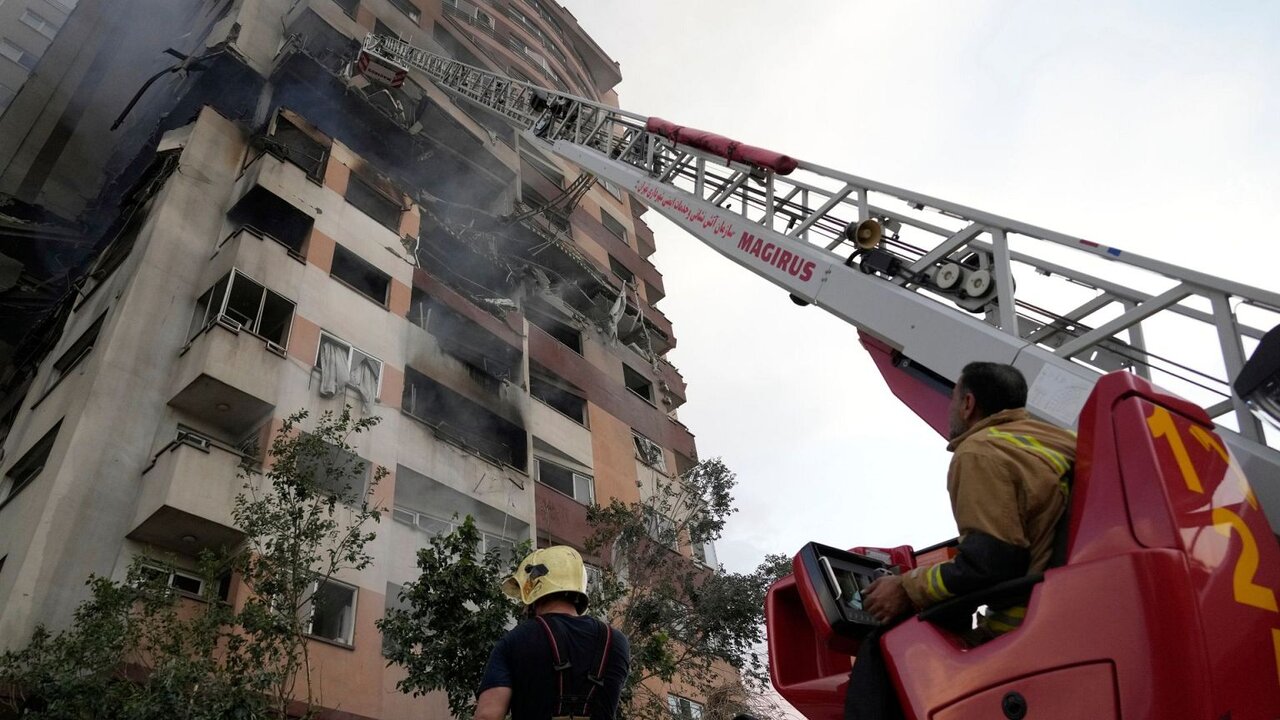US covertly armed Israel with hundreds of missiles ahead of aggression on Iran: Report

TEHRAN – The United States quietly supplied the Israeli regime with approximately 300 Hellfire missiles just days before its unprovoked military assault on Iran, according to a report by Middle East Eye.
The transfer, executed on Tuesday under a pre-approved $7.4 billion arms package, highlights Washington’s direct complicity in Tel Aviv's aggressive strikes that began on Friday, targeting residential areas in Tehran as well as nuclear and military sites.
The regime’s attacks have reportedly resulted in the deaths of over 100 Iranian nationals, including civilians, senior military officials, and nuclear scientists.
Hellfire missiles, with their precision targeting capabilities against both people and infrastructure, may have significantly bolstered Israel's ability to conduct strikes within Iran.
The Middle East Eye cited two U.S. officials who spoke anonymously and acknowledged that the delivery indicated the Trump administration was "well-informed" about Israel’s attack plans, despite public assertions of pursuing diplomacy.
Iran’s Foreign Ministry spokesman Esmaeil Baqaei lambasted the U.S. for enabling the assault, stating: "The other side acted in a way that makes dialogue meaningless," according to the Tasnim News Agency.
"You can not claim to negotiate and simultaneously greenlight the Zionist regime to target Iran’s territory," Baqaei added.
His remarks referenced the sixth round of U.S.-Iran nuclear talks scheduled for Sunday in Oman, now presumably canceled after the Israeli regime's Friday aggression.
Deceptive diplomacy and multifaceted complicity
Following Tel Aviv's blatant assault, U.S. Secretary of State Marco Rubio hastily asserted Washington was "not involved in strikes against Iran," warning Tehran not to retaliate against U.S. interests. These claims starkly contradict documented evidence of coordination.
Israeli officials told broadcaster Kan they had notified Washington before launching their attack on Iran, while Axios reported Tel Aviv believed the Trump administration was only "pretending" to resist its plans while privately offering tacit approval.
President Donald Trump’s own statements further unravel the facade.
Though he publicly insisted on Thursday that negotiations were "fairly close to a pretty good agreement," he admitted on Friday: "We knew everything" about the attack.
At Friday's emergency UN Security Council session, Iran’s Ambassador Amir Saeed Iravani excoriated Washington: "By aiding and enabling these crimes, [the U.S.] shares full responsibility for the consequences. Their hands are stained with the blood of Iranian martyrs."
He noted Israel’s aggression deliberately sabotaged ongoing nuclear talks, leaving "no room for dialogue."
Influential conservative analyst Tucker Carlson also pointed out Washington's culpability, writing that Trump was "complicit in the act of war."
Geopolitical analyst Brian Berletic, a former U.S. Marine, summarized the deception: "Negotiations were always a ploy to prepare for war the U.S. always intended to wage."
Iranian analysts also condemned Washington for its treacherous duplicity.
Nasser Kanani, former spokesperson for the Iranian Ministry of Foreign Affairs, wrote on X: "The has once again proven its deep hatred, hypocrisy, and inherent malice towards the Iranian nation."
Washington's transfer of the Hellfire missiles complemented extensive U.S. military cooperation with Tel Aviv. During Iran’s retaliatory missile barrage Friday night, U.S. naval assets in the Eastern Mediterranean, including the destroyer USS Thomas Hudner, and ground-based Patriot systems assisted Israeli air defenses.
A U.S. official confirmed to CBS News that the Pentagon provided "exquisite intelligence" enabling the initial strikes, while Reuters verified U.S. forces intercepted missiles targeting Israel.
The Trump administration accelerated weapons transfers for months under the $7.4 billion package Congress approved in February. This included bombs, missiles, and equipment exempt from public disclosure requirements.
Currently, over 40,000 U.S. troops remain deployed across West Asia—a surge from 30,000 earlier this year—with naval assets positioned near strategic chokepoints like the Strait of Hormuz.
Leave a Comment